1. Clackers
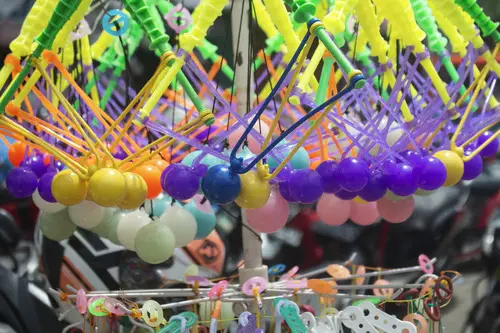
Clackers were a wildly popular toy in the early 1970s, consisting of two acrylic balls attached to a string. When swung together, they produced a loud clacking sound that fascinated children everywhere. However, the fun quickly turned dangerous as the acrylic balls were prone to shattering upon impact, posing a significant risk of flying shards causing injuries. The Consumer Product Safety Commission (CPSC) received numerous reports of injuries, leading to the toy’s recall and eventual ban in 1985. Despite their initial popularity, Clackers became a cautionary tale in toy safety history.
The toy’s design, resembling a bolas—a weapon used in ancient times—was inherently hazardous. The rapid swinging motion and hard surfaces made it difficult to control, increasing the likelihood of accidents. In response to the growing concerns, manufacturers attempted to redesign Clackers with softer materials, but the damage to their reputation had already been done. The ban marked a significant shift in how children’s toys were evaluated for safety. Today, Clackers serve as a reminder of the importance of rigorous safety standards in toy manufacturing.
2. Super Elastic Bubble Plastic
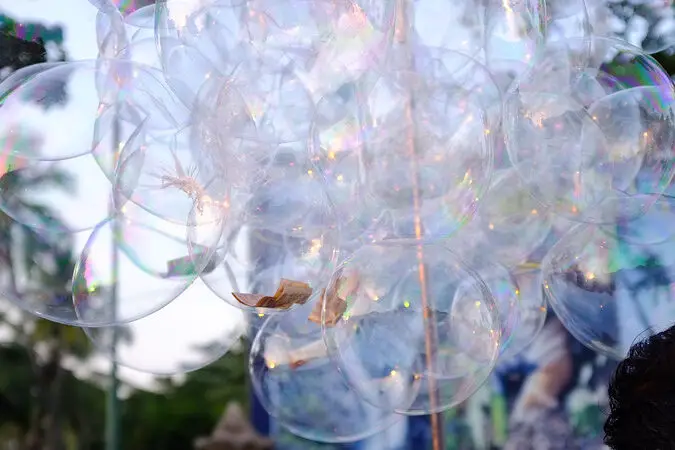
Introduced by Wham-O in 1970, Super Elastic Bubble Plastic allowed children to create durable plastic bubbles by inflating a viscous substance through a straw. The concept was innovative and exciting, offering a new form of creative play. However, the toy contained chemicals like acetone and ethyl acetate, which emitted noxious fumes. These fumes posed health risks, including dizziness and respiratory issues, especially when inhaled directly through the straw. The CPSC issued warnings, and the toy was eventually discontinued in the late 1970s.
Despite its appeal, Super Elastic Bubble Plastic highlighted the dangers of introducing volatile substances into children’s toys. The incident underscored the need for stringent testing and regulation of materials used in toys. Parents and safety advocates raised concerns about the long-term health effects of exposure to such chemicals. The toy’s removal from the market was a pivotal moment in toy safety history, prompting a reevaluation of acceptable materials in children’s products.
3. Lawn Darts (Jarts)

Lawn Darts, or Jarts, were a popular outdoor game in the 1970s, featuring large, heavy darts with metal tips. The objective was to throw the darts onto a target area, but the design made them hazardous. The sharp metal tips could easily cause serious injuries, and there were numerous reports of accidents, including fatalities. In 1988, the CPSC banned the sale of Lawn Darts in the United States due to their dangerous nature.
The ban was a direct response to the increasing number of injuries associated with the toy. The decision reflected a growing awareness of the need for child safety in recreational products. Manufacturers were urged to design safer alternatives that minimized risk. The Lawn Darts case remains a significant example of regulatory intervention to protect children from unsafe toys.
4. Thingmaker (Creepy Crawlers)
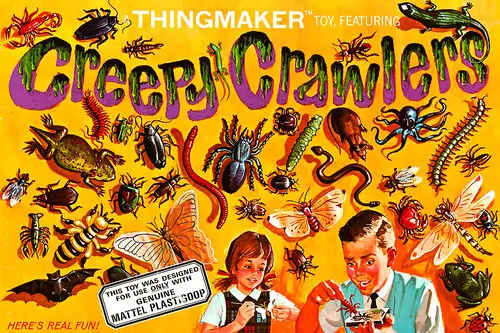
Mattel’s Thingmaker, introduced in the 1960s, allowed children to create rubber-like creatures using a hot metal mold and a heating element. While it sparked creativity, the toy posed significant safety risks. The heating element reached high temperatures, leading to burns and other injuries. Additionally, the chemicals used in the molds emitted fumes that could be harmful if inhaled. The combination of heat and chemicals made the Thingmaker a dangerous toy for children.
Despite its popularity, the safety concerns led to the discontinuation of the original Thingmaker. The incident prompted manufacturers to reconsider the materials and heating elements used in children’s toys. Today, the Thingmaker serves as a cautionary tale about the importance of safety in toy design and the potential hazards of combining heat with chemicals.
5. Easy-Bake Oven
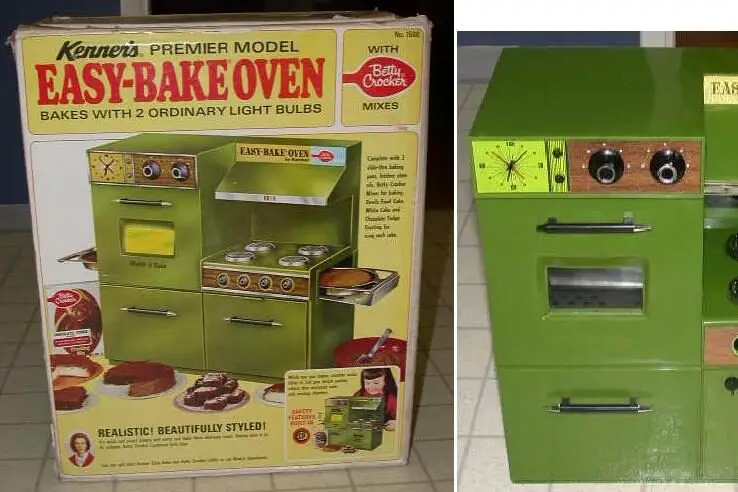
The Easy-Bake Oven, introduced by Kenner in 1963, allowed children to bake small treats using a light bulb as the heat source. While it was a hit among young bakers, the toy’s design had inherent dangers. The light bulb could become extremely hot, posing burn risks to children. There were reports of injuries where children touched the hot surfaces, leading to burns. The Easy-Bake Oven’s design was eventually updated to address these safety concerns.
The initial safety issues with the Easy-Bake Oven highlighted the need for careful consideration of heat sources in children’s toys. Manufacturers were encouraged to redesign toys to minimize burn risks. The Easy-Bake Oven’s evolution reflects the ongoing efforts to balance creativity and safety in children’s products.
6. Shrinky Dinks
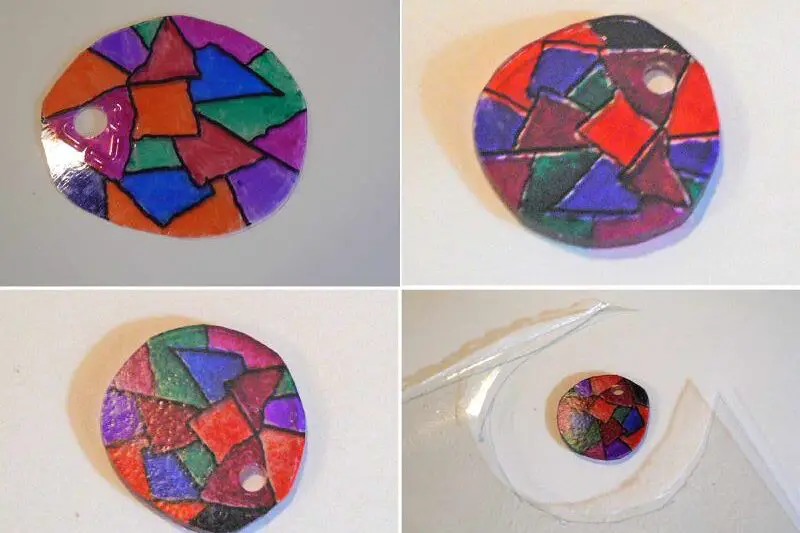
Shrinky Dinks were a popular craft toy in the 1970s, allowing children to color and bake plastic sheets that would shrink and harden. While the concept was fun, the process involved using an oven, which posed burn hazards. Additionally, the plastic sheets contained chemicals that could emit fumes when heated. There were concerns about the potential health risks associated with these fumes. The combination of heat and chemicals led to safety warnings and, in some cases, recalls.
Despite the safety concerns, Shrinky Dinks remained popular for years. The toy’s success led to the development of safer alternatives that eliminated the need for an oven. Today, Shrinky Dinks serve as an example of how toy safety standards have evolved over time to protect children from potential hazards.
7. Slip ‘N Slide

The Slip ‘N Slide was a popular summer toy that allowed children to slide across a wet, slippery surface. While it provided hours of fun, the toy had safety issues. The slick surface could lead to children losing control and crashing into hard objects, resulting in injuries. There were reports of neck and spinal cord injuries associated with the Slip ‘N Slide. The toy’s design was eventually modified to include safety features that reduced the risk of injury.
The Slip ‘N Slide incident underscored the importance of considering the physical capabilities of children when designing toys. Manufacturers were urged to create products that minimized the risk of serious injuries. The evolution of the Slip ‘N Slide reflects the ongoing efforts to improve safety standards in children’s recreational products.
8. Chatter Telephone
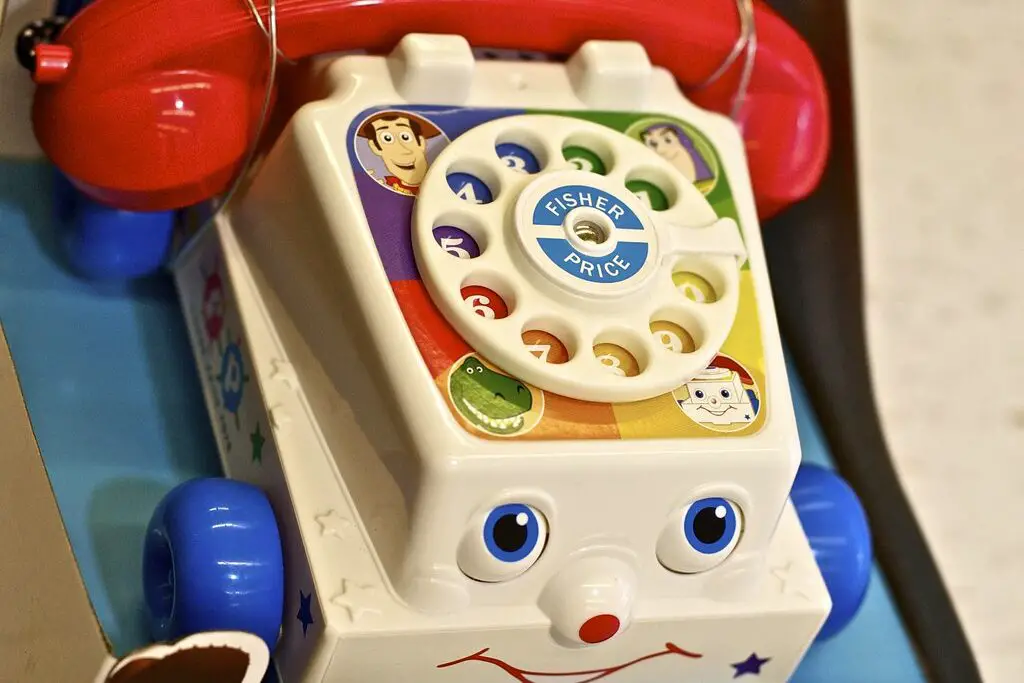
The Chatter Telephone, introduced by Fisher-Price in 1961, was a pull toy designed to teach toddlers about telephones. While it was a beloved toy, safety concerns arose due to the long cord. The cord posed a strangulation hazard, especially for infants and young children. In response to these concerns, Fisher-Price modified the design to shorten the cord and added safety labels.
The Chatter Telephone’s safety issues highlighted the need for careful consideration of cord lengths in children’s toys. Manufacturers were encouraged to design toys that minimized strangulation risks. The Chatter Telephone’s evolution reflects the ongoing efforts to improve safety standards in children’s products.
9. Little People
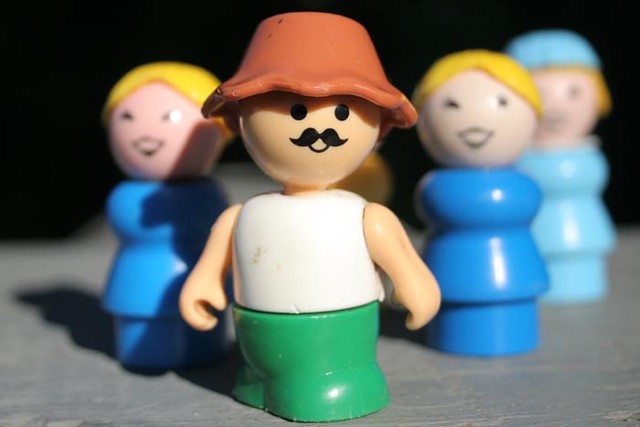
Fisher-Price’s Little People were small, figurine-based toys that became popular in the 1970s. While they were designed for young children, safety concerns emerged due to the size and shape of the figures. There were reports of children choking on the small parts, leading to injuries and fatalities. In response, Fisher-Price redesigned the figures to be larger and more robust, reducing the choking hazard.
The Little People incident underscored the importance of considering choking hazards in toy design. Manufacturers were urged to create products that minimized the risk of small parts being ingested. The evolution of Little People reflects the ongoing efforts to improve safety standards in children’s toys.
10. Skateboard Smack-Ups

Skateboard Smack-Ups were a series of plastic figures on skateboards produced in the 1980s. The figures depicted children on skateboards being violently maimed by everyday skateboarding obstacles. For example, one figure named “Tammy Tailpipe” is impaled through the face by a car’s tailpipe. The violence depicted in the figures led to their being banned by mothers and Parent-Teacher Associations and even banned within Australia by the Australian Competition & Consumer Commission on December 13, 1990.
The controversy surrounding Skateboard Smack-Ups highlighted concerns about the appropriateness of violent imagery in children’s toys. The backlash led to the discontinuation of the product and prompted discussions about the impact of such toys on young audiences. The incident serves as a reminder of the importance of considering the messages conveyed by children’s products.
11. Golliwog Dolls
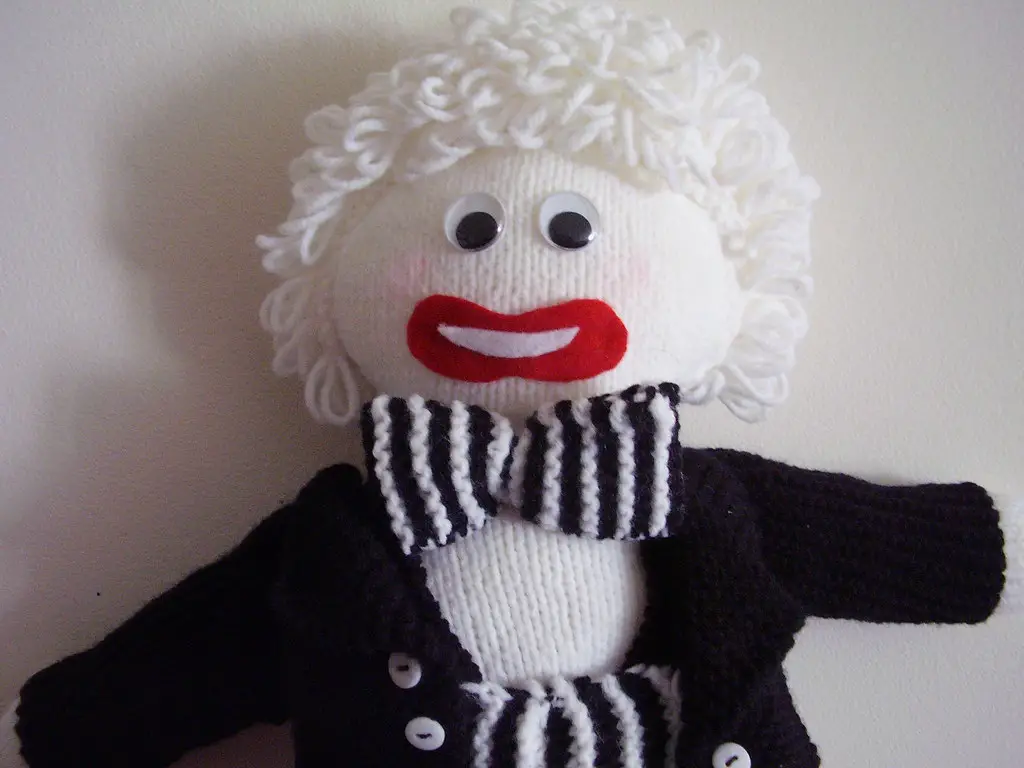
Golliwog dolls were popular in the early 20th century but became controversial due to their racist caricature of Black people. The dolls featured exaggerated features such as jet-black skin, white-rimmed eyes, and exaggerated red lips. By the 1970s, changing attitudes toward race and increased awareness of racism led to a decline in the popularity of these dolls. Manufacturers faced pressure to discontinue or redesign the dolls to remove offensive elements.
The decline of Golliwog dolls reflects broader societal shifts toward greater sensitivity and awareness regarding racial issues. The controversy surrounding the dolls prompted discussions about the representation of race in children’s toys and media. The eventual discontinuation of Golliwog dolls marked a significant step in the movement toward more inclusive and respectful representations in children’s products.
12. Disc-o-Punch
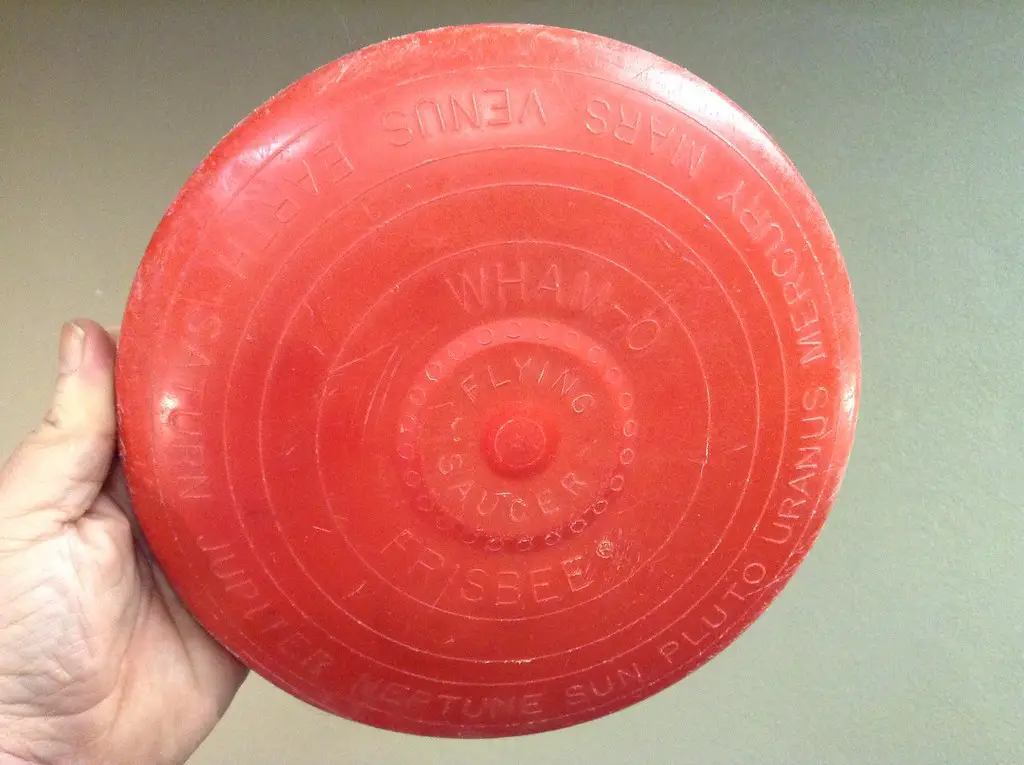
Disc-o-Punch was a toy that allowed children to shoot miniature plastic frisbees through the air. While it may have seemed harmless, the toy had safety concerns. The small, hard discs could cause injuries if they struck a child in the eye or face. There were reports of accidents leading to eye injuries, prompting safety advocates to call for stricter regulations on flying toy projectiles. As a result, Disc-o-Punch was eventually removed from store shelves.
The toy’s removal from the market reflected growing concerns about the dangers of toys that could launch objects at high speeds. The incident sparked discussions about the need for comprehensive safety guidelines for toys that involve projectiles. Today, Disc-o-Punch is a reminder of the importance of considering potential hazards in toy design, especially when it comes to flying objects.
13. X-ray Glasses
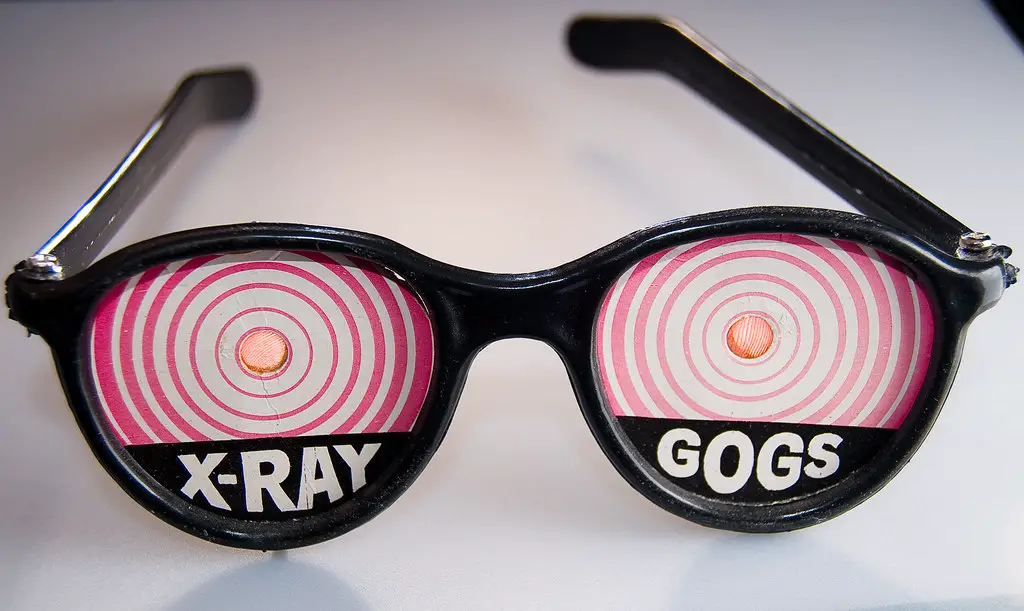
X-ray glasses were a popular novelty toy in the 1970s, promising to give children the ability to see through solid objects. The glasses were sold as a fun, science-fiction-inspired accessory. However, the glasses were nothing more than a cheap optical illusion, with no actual x-ray capabilities. The toy was banned after complaints that it violated advertising standards by falsely claiming it could see through clothes. The hype surrounding the X-ray glasses made them one of the more notorious banned toys of the era.
The controversy surrounding X-ray glasses highlighted the need for accurate advertising and transparency in the toy industry. False claims about the abilities of children’s toys prompted regulatory bodies to crack down on misleading marketing practices. The X-ray glasses scandal was a significant moment in the ongoing efforts to protect consumers, particularly young ones, from deceptive and potentially harmful products.
